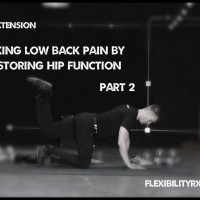
Fixing Low-Back Pain by Restoring Hip Function part 2
Low back pain is often caused by excessive movement of the low back during squats and deadlifts. When hip movement is dysfunctional the low back moves when it should be stable (going into excessive flexion or extension). Part one of this series looked at improving hip mobility by assessing hip motion and applying traction to decompress the joint-capsule. Part two will examine ways of improving hip extension.
3 Steps to Restoring Hip Function
#1: Improve Hip Mobility
#2: Restore Hip Extension
#2: Restore Hip Flexion
#2: Restore Hip Extension
Athletes that have trouble fully extending their hips (standing at the top of the deadlift without arching the low back) often have a postural pattern that involves tight hip flexors and weak glutes/abdominals.
By relieving hip flexor tightness, activating the glutes, then integrating hip extension with core stability you can restore hip function and avoid low back pain.
A: Tight Hip-Flexors
Tight hip flexors can misalign the pelvis tilting it forward (anterior pelvic tilt). This postural pattern prevents full hip extension and contributes to overextension of the low back. Both the superficial quads and deep hip flexor (psoas) can limit hip extension and decrease your ability to fire your glutes.
“Extension-based back pain typically is worse with standing than with sitting. The hip flexor shortness and insufficient glute contribution leads athletes to substitute lumbar extension for hip extension in movements such as deadlifting, jumping, throwing, or any other task that requires hip extension.” – Eric Cressey
Try this hip flexor stretch for the deep psoas and quads (pictured right).
B: Glute Activation & Joint Centration
While stretching the hip-flexors may help – proper glute activation is required to stabilize the head of the femur in the hip during hip extension. The glute max posterior tilts the pelvis and is the primary hip extensor. Overactive hamstrings move the head of the femur forward in the hip socket during hip extension restricting range of motion and increasing the chance for anterior hip pain.
(image take from Shirley Sahrmann’s, “Diagnosis and Treatment of Movement Impairment Syndromes” (see here)
If your hamstrings are always tight they may be doing the glutes work to extend the hip. By retraining the glute max to function as the primary hip extensor (single-leg glute bridge), you can relieve chronic hamstring tightness and low back pain.
The single leg glute bridge inhibits the deep hip-flexor, while teaching athletes to extend the hips with their glutes – instead of their hamstrings and low-back.
C: Glute Acivation & Anterior Core Stability
The quadruped hip extension activates the glutes and trains the abdominals to stabilize the pelvis for better anterior core stability. This is a great exercise to learn how to stabilize the low back while extending the hip on one side.
The quadruped hip extension is a great core stability exercise that integrates hip extension with lumbo-pelvic stability.
– Kevin Kula, “The Flexibility Coach” – Creator of FlexibilityRx™ – www.FlexibilityRx.com
Tags: core stability, fixing low back pain, glute activation, improving hip extension, tight hip-flexors
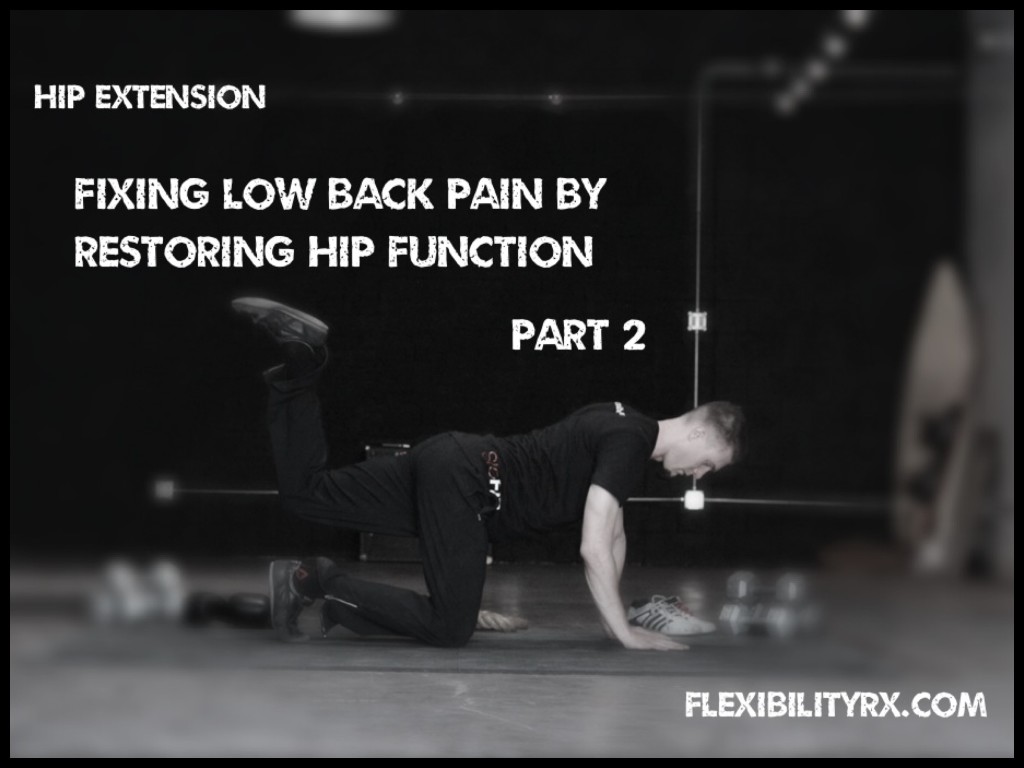
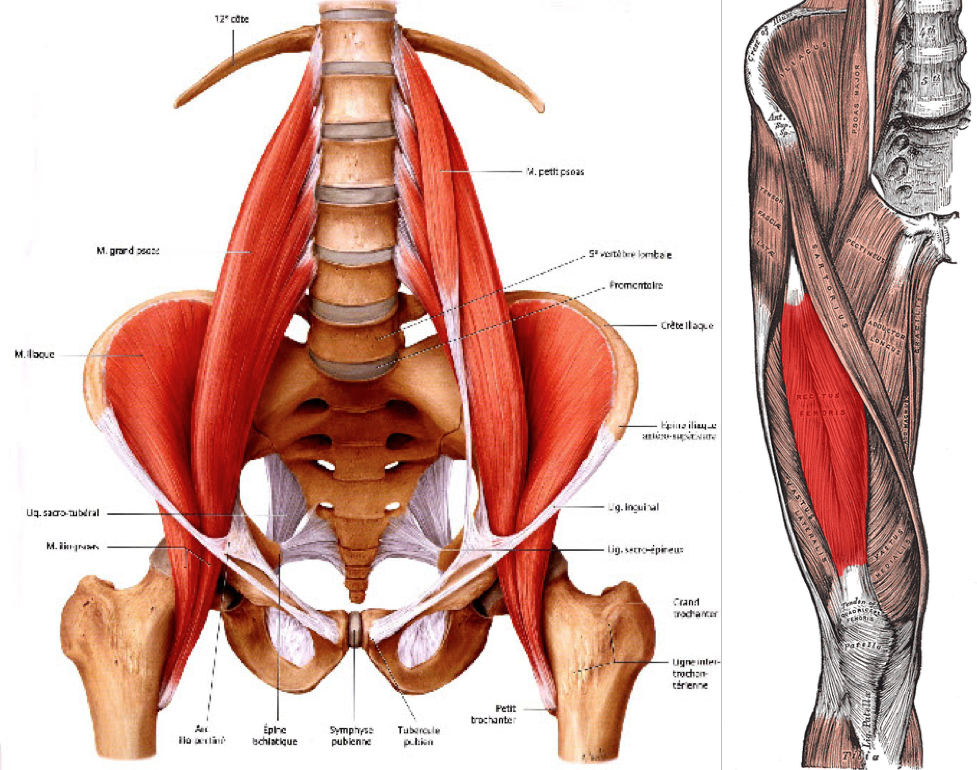
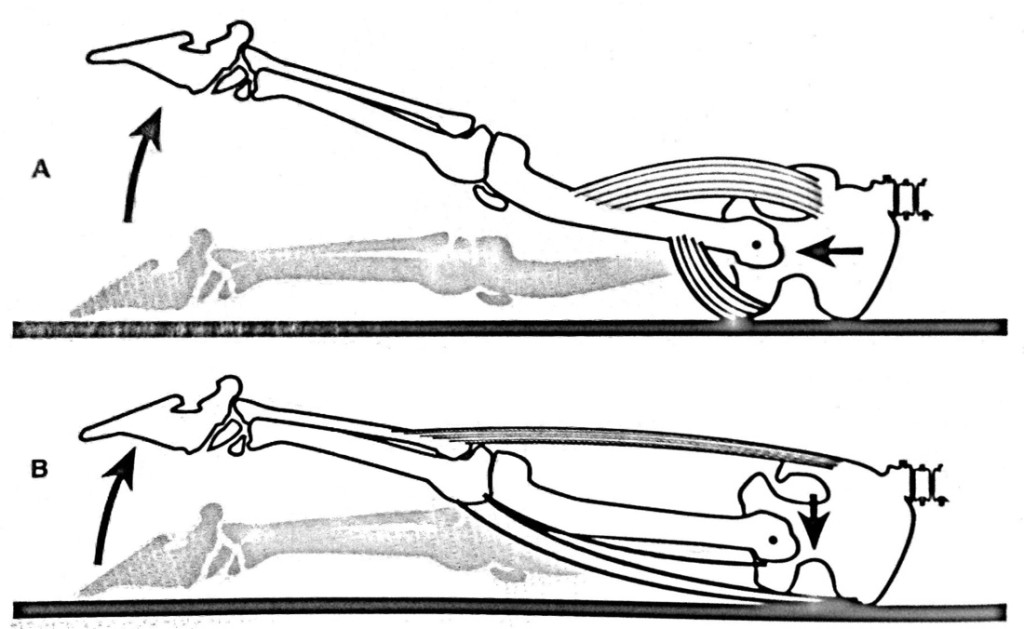
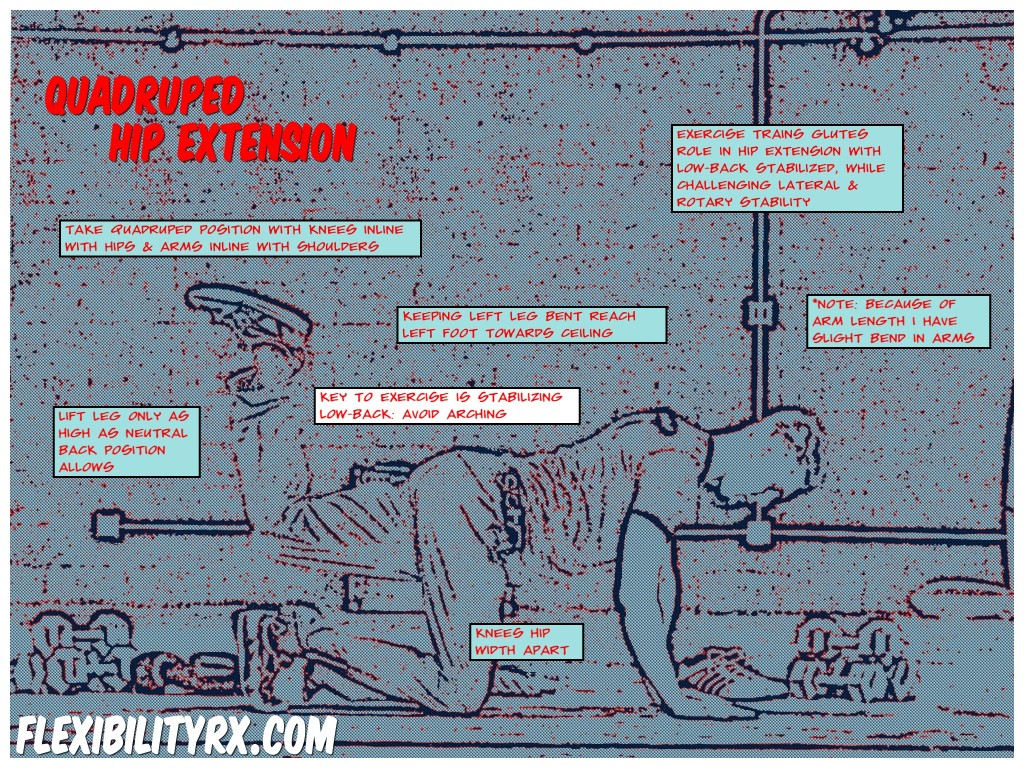
Leave A Reply (No comments so far)
You must be logged in to post a comment.
No comments yet